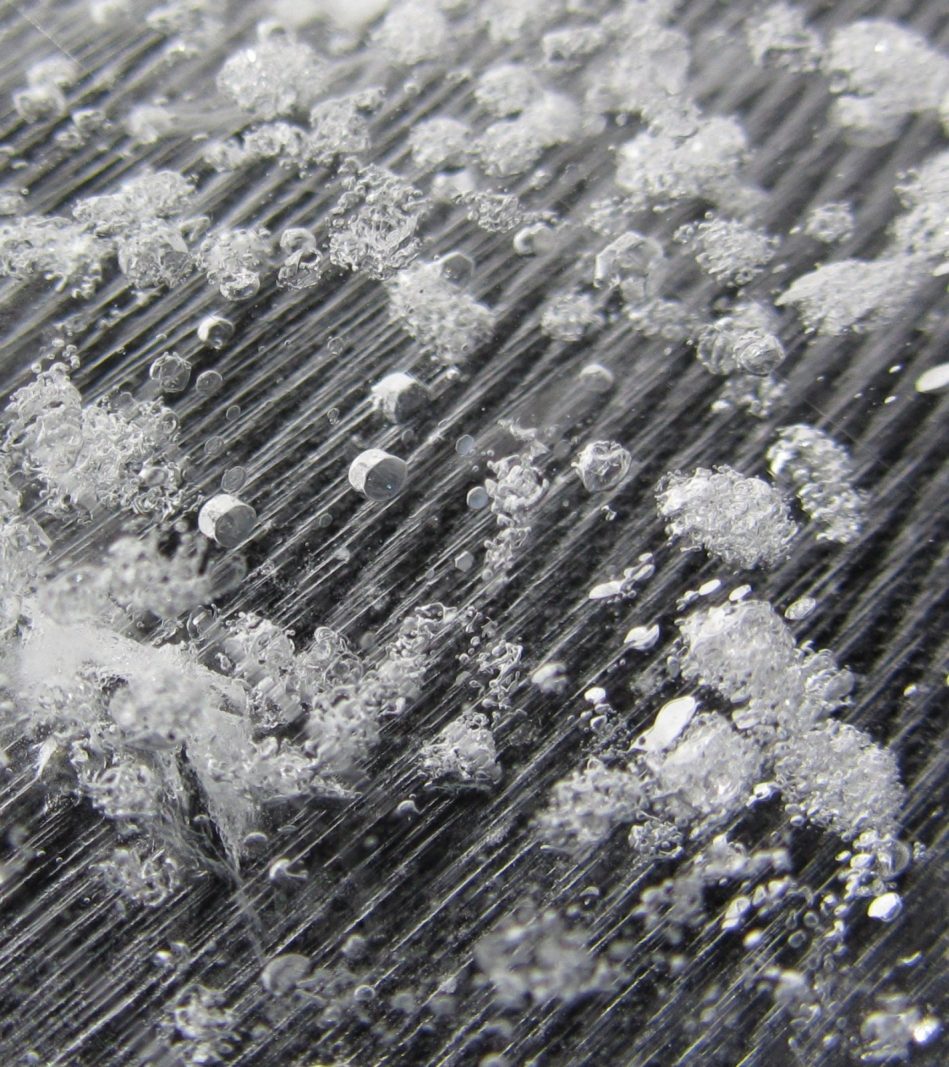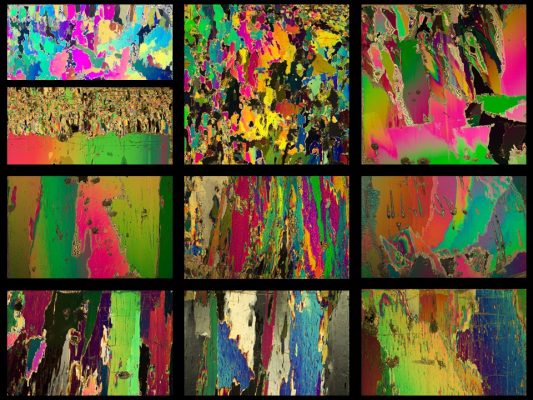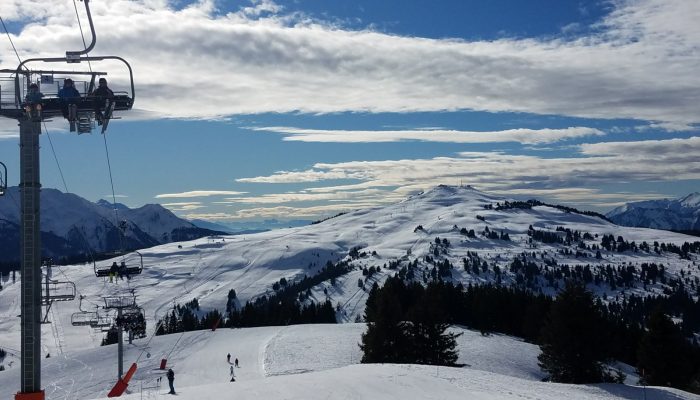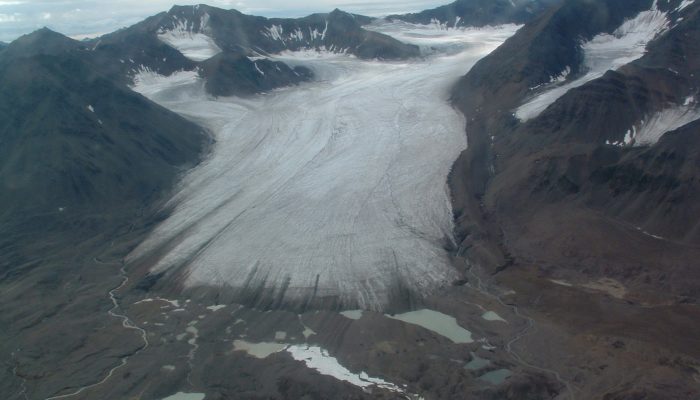Humans rely on antibiotics for survival, but over time they are becoming less effective. So-called ‘superbugs’ are developing resistance to our most important drugs. The key to this global issue may be found in the cryosphere, where extreme microbiologists are hunting for new compounds in the cold that could help us win the war against antimicrobial resistance. Discovering drugs in Earth’s coldest ...[Read More]
Image of the Week – Cure from the Cold?






